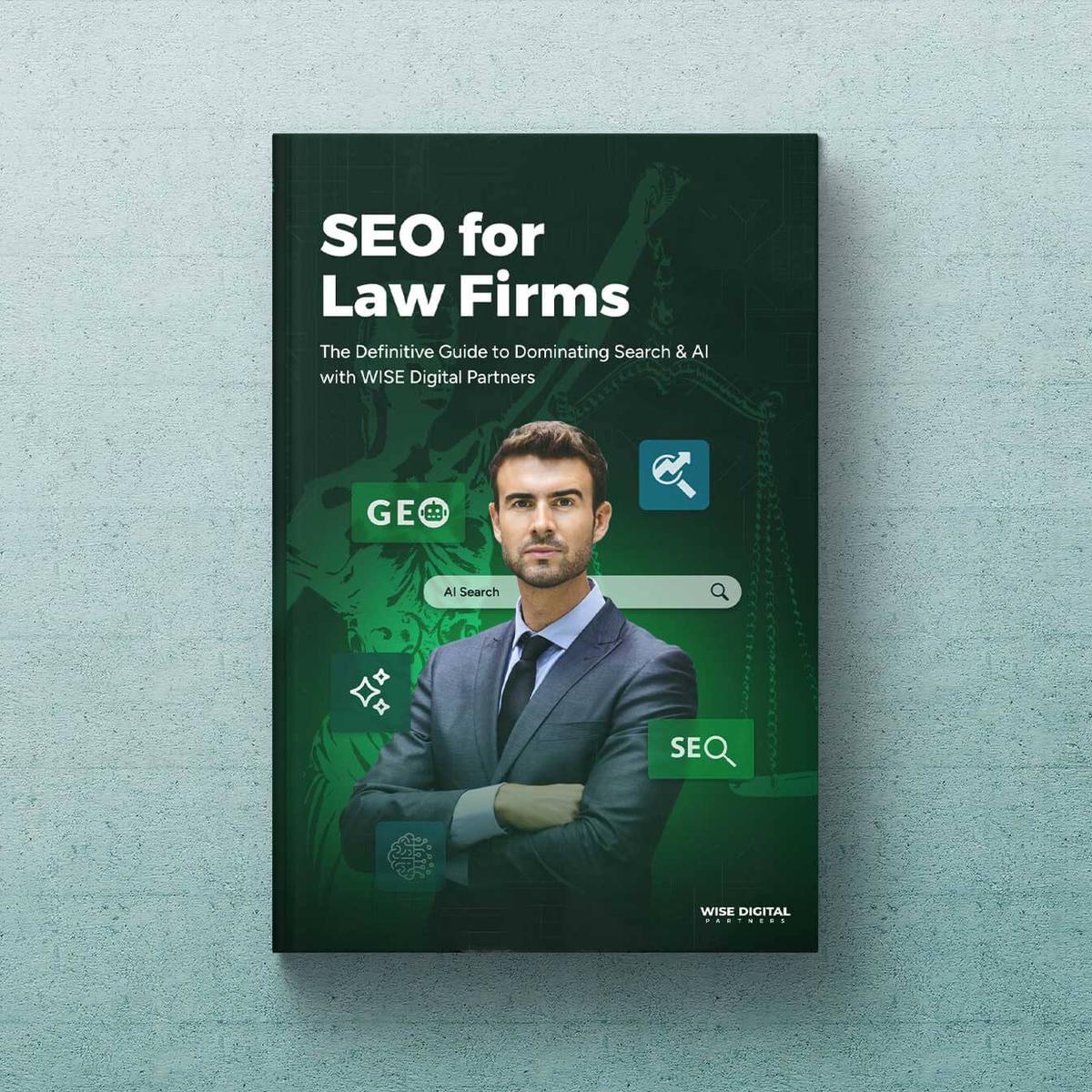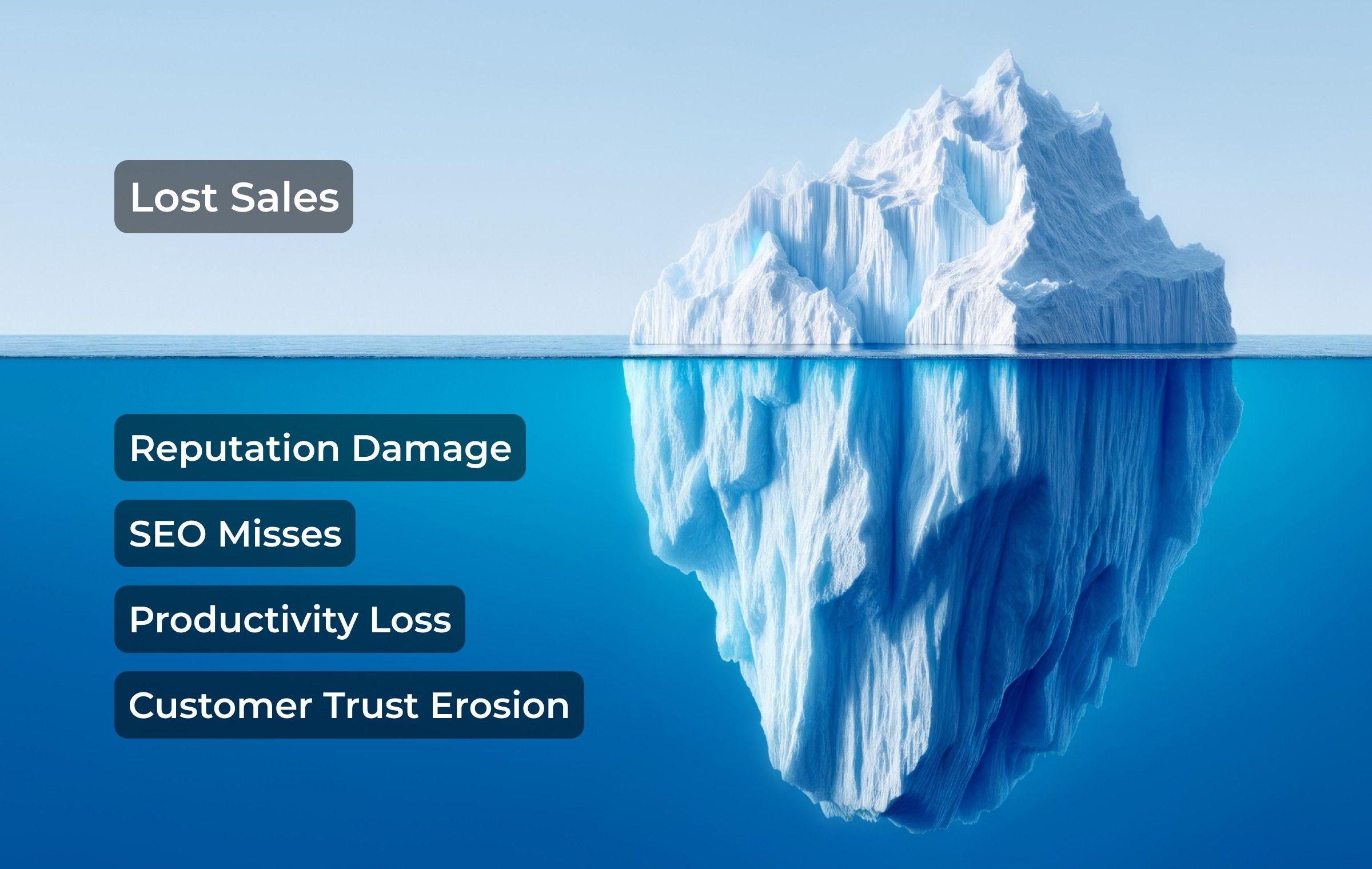It's Time to Get WISE.
A quick, honest call to assess your needs and point you in the right direction—no sales pitch. Best suited for:
- Established businesses with a defined marketing budget
- Businesses prepared to grow and scale
A deep dive with a top expert to uncover gaps and map a smarter path forward.
- Includes a $250 digital audit covering your website, SEO, local presence, and online performance—yours to keep.
- Get smart, actionable ideas you can apply to your business right away.

Enter the email you would like your guide sent to:

Enter the email you would like your guide sent to:

Enter the email you would like your guide sent to:
Apply Today
Please fill out the information below. Someone on our team will reach out in 3-5 business days to schedule a call if we see a good fit.
Book Patrick Dillon
Thanks for your interest in booking WISE CEO Patrick Dillon on your podcast! Please complete the form below, and a team member will contact you shortly.

Remove Negative Reviews.
The Hidden Costs of Poorly Written Copy

by WISE Digital Partners
June 30, 2025
- 4 min read

AI writing assistants are fast, intuitive, and, depending on how you define intelligence, astonishingly brilliant.
They can clean your data, write a financial report, break down quantum physics like a TED Talk, summarize War and Peace in the voice of Tupac Shakur, or churn out a 500-word blog before you can even lift your morning latte.
That’s just the tip of the iceberg.
But here’s the rub: If the tools are this powerful, why is so much writing still so bad? Not necessarily grammatically off. Bad—as in generic and existentially empty.
More to the point: Why do so many people struggle to generate content that actually moves the needle?
We have thoughts.
Why So Much Marketing Content Falls Flat
The problem isn’t the AI writing assistants. It’s how people use them.
Instead of writing with clarity and conviction, too many people use AI to feed the content machine, churning out high-volume, low-impact material that does not perform.
Writers now have access to technology that, by proxy, inches them closer to the superhuman. But it also allows them to bypass the hard part: slowing down to revise, reflect, and ask the tough questions about their work:
- Is this true?
- Does it say anything new?
- Does it build trust?
- Does it align with our brand identity, or sound like everyone else?
- Will this make anyone stop scrolling, think, or click?
In the short term, automated content helps you publish more, faster. But pull back the curtain, and the cracks appear. Without human strategy and oversight, that content rarely ranks, rarely resonates, and rarely converts.
The Real Cost of Mediocre Copy
SEO That Goes Nowhere
When it comes to content, Google’s Helpful Content updates are clear: value beats volume. Thin, repetitive, and keyword-stuffed content doesn’t just stall—it can hurt your ranking.
That doesn’t mean AI is off-limits. Google’s own guidelines state that what matters is quality, not who (or what) wrote it. However, to rank, content still needs to meet what Google calls E-E-A-T principles:
- Expertise
- Experience
- Authoritativeness
- Trustworthiness
And that’s the catch: most 100% AI-generated content doesn’t hit those marks without human oversight.
Wasted Time & Budget
AI might speed up the first draft, but content still costs something: your time, your team’s attention, or your agency’s hours.
If that copy doesn’t perform, you’re not just wasting words. You’re left with a sunk cost and a rewrite waiting to happen. That’s not efficiency. That’s expensive procrastination.
Disconnected Messaging
One of the most common and costly mistakes in copywriting? Leading with yourself.
Product features, accolades, service lists—none of it matters if your audience doesn’t feel seen. When someone lands on your site, they’re scanning for recognition, a signal that says, "Yep, you understand what I’m dealing with. You know how to help."
Copy that skips the pain and jumps to the pitch? That’s wallpaper.
No empathy, no trust.
No trust, no conversion.
Missed Opportunities to Build Trust
Copy doesn’t work in isolation, but it does set the tone. It introduces your brand, defines your offer, and shapes first impressions.
If it feels vague or templated, readers bounce. They may not even know why—just that something’s off.
Great copy sends a subtle yet clear message: “You’re in the right place.”
How to Spot Weak Copy & Write Something Better
Weak AI-generated copy is rarely a disaster. Most of the time, it actually looks superficially polished. But with a closer reading, patterns emerge.
Signs of Weak Copy
- Leads with your product, not your audience’s pain
- Makes vague claims without proof
- Could’ve been written for any company in any industry
- Leaves people wondering, “So what?”
You’re not just scanning for typos. You’re scanning for emptiness: words that technically work, but lack substance.
What Strong Copy Actually Does
Strong copy says a lot with a little. It’s utilitarian yet has the emotional resonance to connect, clarify, and build trust all at once.
It’s not just a container for facts. It’s a vehicle for perspective, taking someone from “What’s this?” to “I want this.” To be more specific, great copy:
- Starts with the audience: Puts words to their messiest problems, then offers a path forward.
- Leans on specifics: Proof, numbers, examples, and lived experience—not fluff or filler.
- Carries your voice: Sounds like you. Not ChatGPT on autopilot.
- Serves a purpose: Every section has a job—clarify, guide, persuade, reassure.
- Builds a subtle emotional current: Makes people feel something: curiosity, clarity, confidence. Not through hype, but through precision.
Smart Copy Still Needs Smarter Strategy
What this means for AI users is actually pretty straightforward:
Go ahead and use AI. Just use it the right way.
AI writing assistants and platforms are powerful, but they still need direction, context, and a knowledgeable user to deliver real results.
Without that, you’re simply churning out low-impact content that disappears into the digital void. Worse, you’re publishing content that could trigger Google penalties.
This is why we exist. To bring structure and substance to your writing by creating content that gets found, earns trust, drives action, and boosts revenue.
Ready to level up your content? Schedule a free content audit today!
Share
Subscribe to WISE Insights
Stay ahead of the digital marketing curve and never miss a lucrative trend or insightful tidbit – subscribe to our WISE blog!
Keep Reading
Build. Grow. Soar.
Get WISE about digital marketing with advanced services, industry experts, and cutting-edge tools designed for long-term, sustainable growth.




